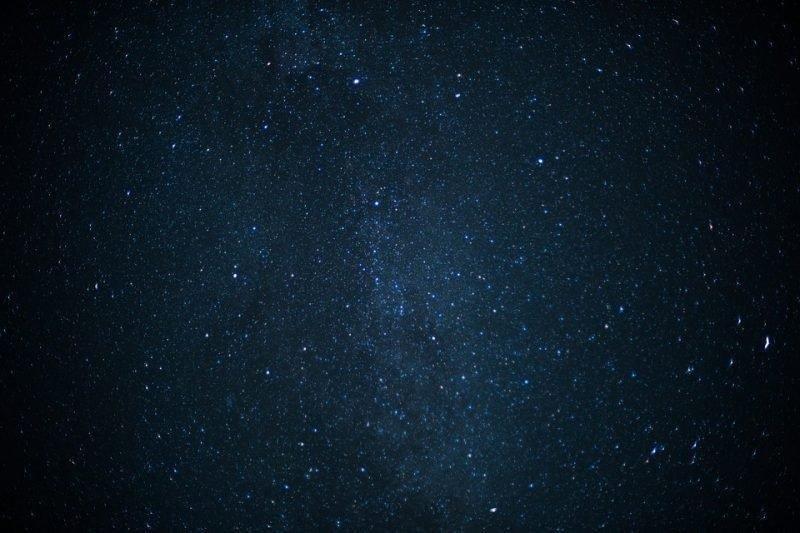By Nick Kiahtipes
In my experience, moving from Carbon County to Salt Lake City to attend the University of Utah, and no longer seeing the Milky Way from my backyard took much adjusting to. After three years, I still miss the stars. I have come to learn that this sentiment is shared by many others in similar situations.
Carbon County sits within the 130,000 acres known as the Colorado Plateau. Situated within four states, the Plateau is internationally recognized for some of the darkest skies in the world. The region’s large swaths of public land and low population density allow the stars’ light to shine bright. However, in the face of growing population and increased nighttime activity, campouts underneath starry skies are under threat.
My love for Carbon County’s dark skies and starry nights is shared by members of the Helper Revitalization Committee, of which I am a member. It is the focus of the Helper Revitalization Committee to incorporate dark sky compliant lighting with the changes being made to Helper City. Protecting and restoring the night sky sits alongside our commitments to safety and accessibility for everyone.
A team comprised of a representative from the Consortium for Dark Skies/Colorado Plateau Dark Sky Cooperative- Bettymaya Foott, City and Metropolitan Planning Master students- Nathan Jellen and Adam Dalton, and I, an Urban Ecology student, will be traveling from the University of Utah to perform a light inventory of Helper from May 5th-10th. The work involves walking the streets at night so don’t be alarmed when you see us pointing instruments at every public light on the block.
I would also like to share this paragraph from the Astronomers Without Borders, which captures why we value the night sky. Hopefully, you will relate and share in our passion:
“Starry nights are a resource of critical importance to the region’s natural and cultural heritage and tourism industry, drawing visitors from around the world. The view of the night sky is a natural and a cultural heritage that has become rare in the United States. Benefits span cultural, scientific, health, economic, ecological, and scenic values. Public pride in starry skies complements the region’s existing image that includes pioneer heritage and spectacular geology.”


